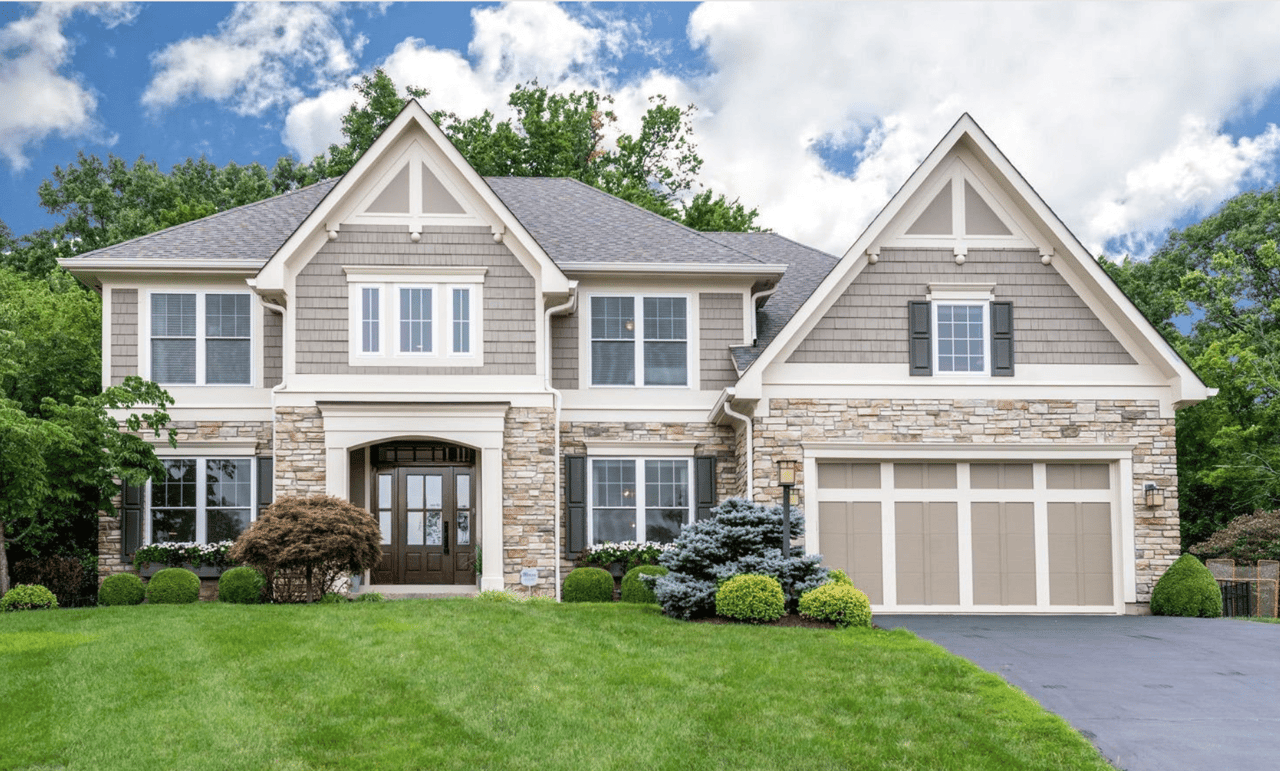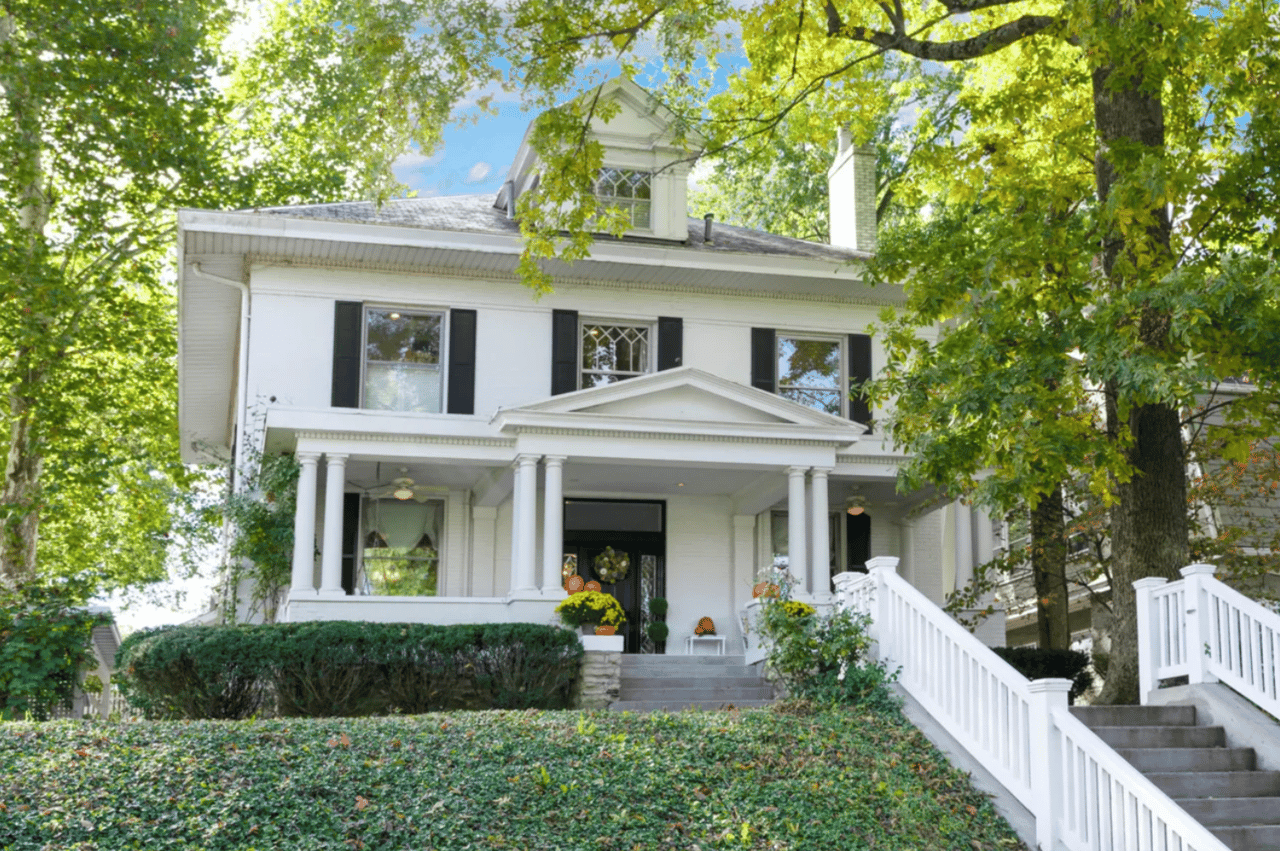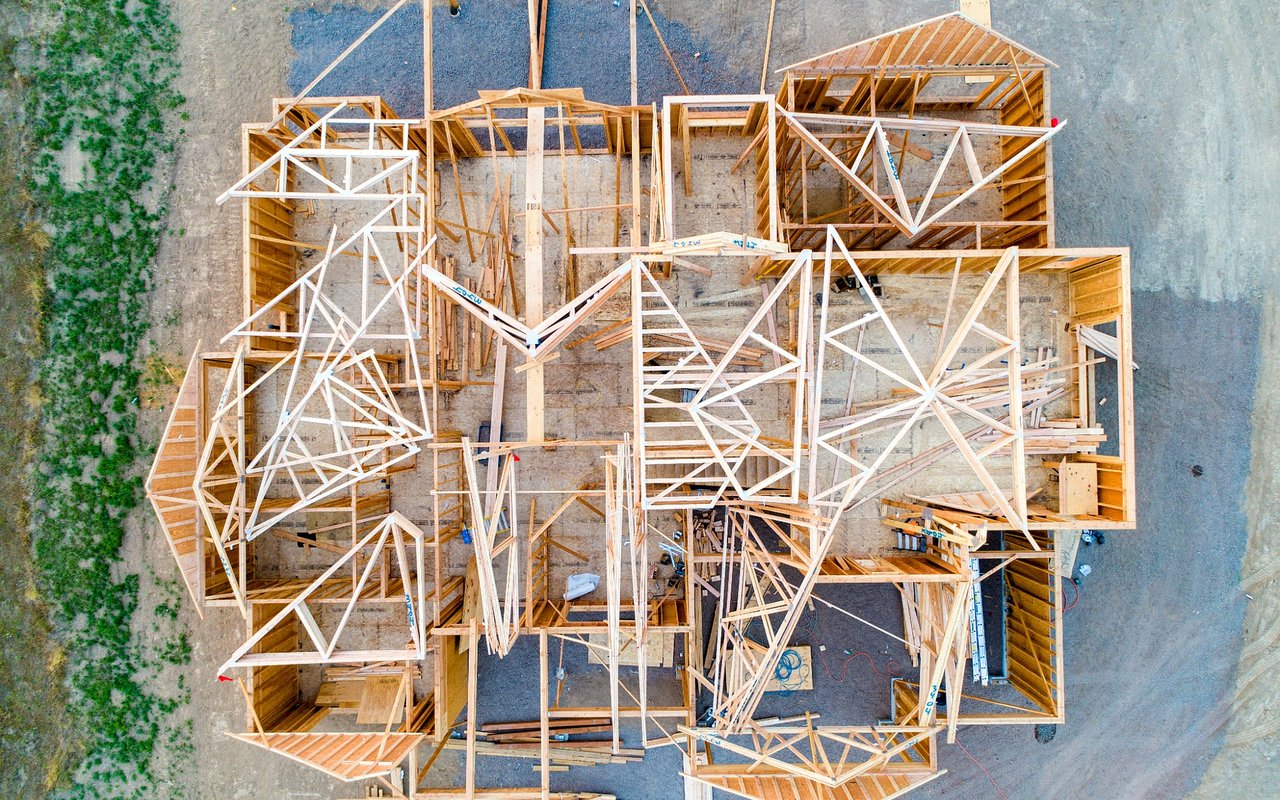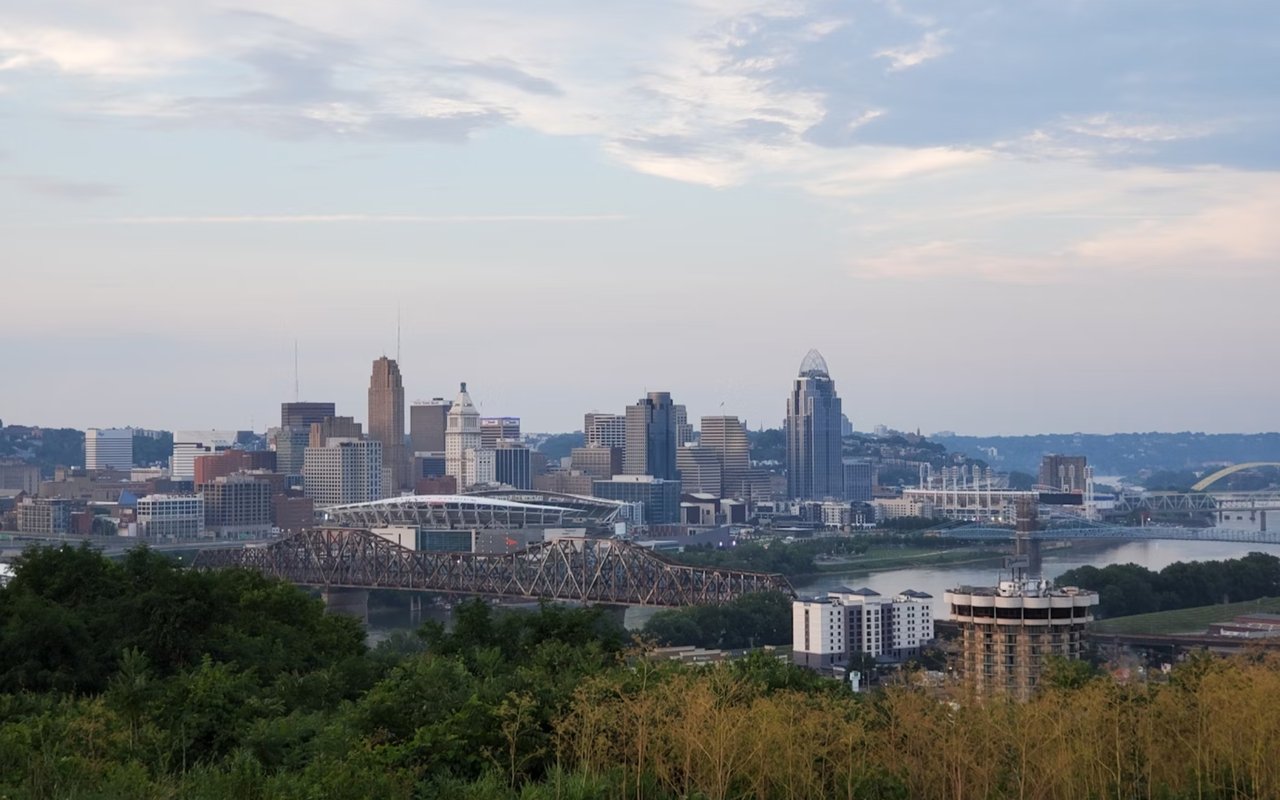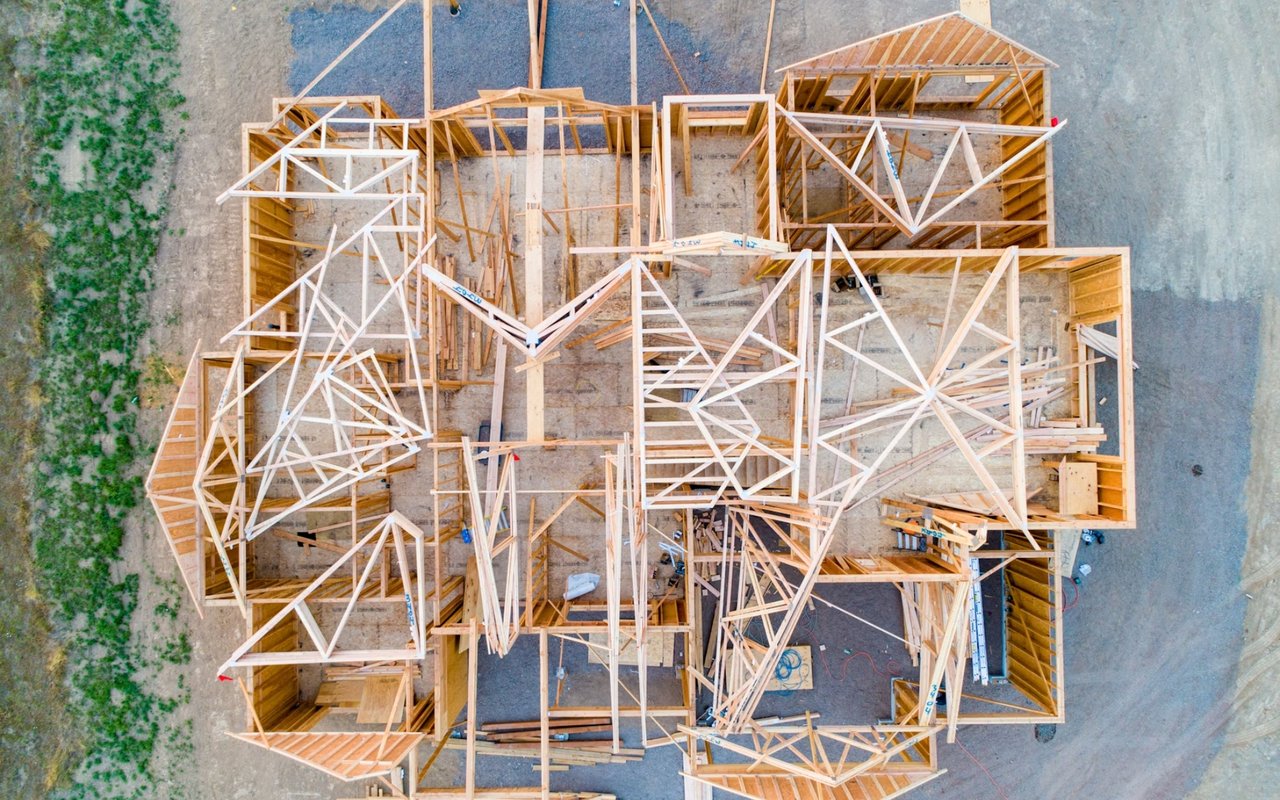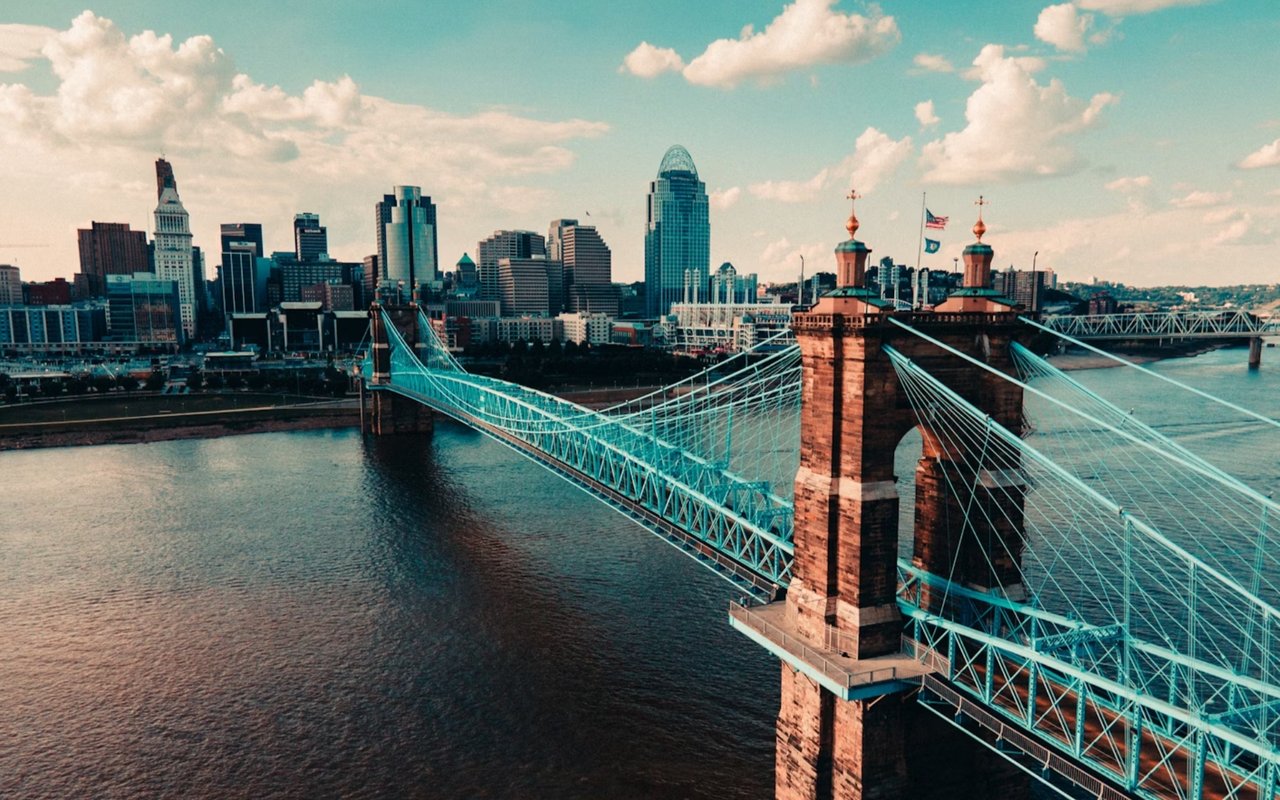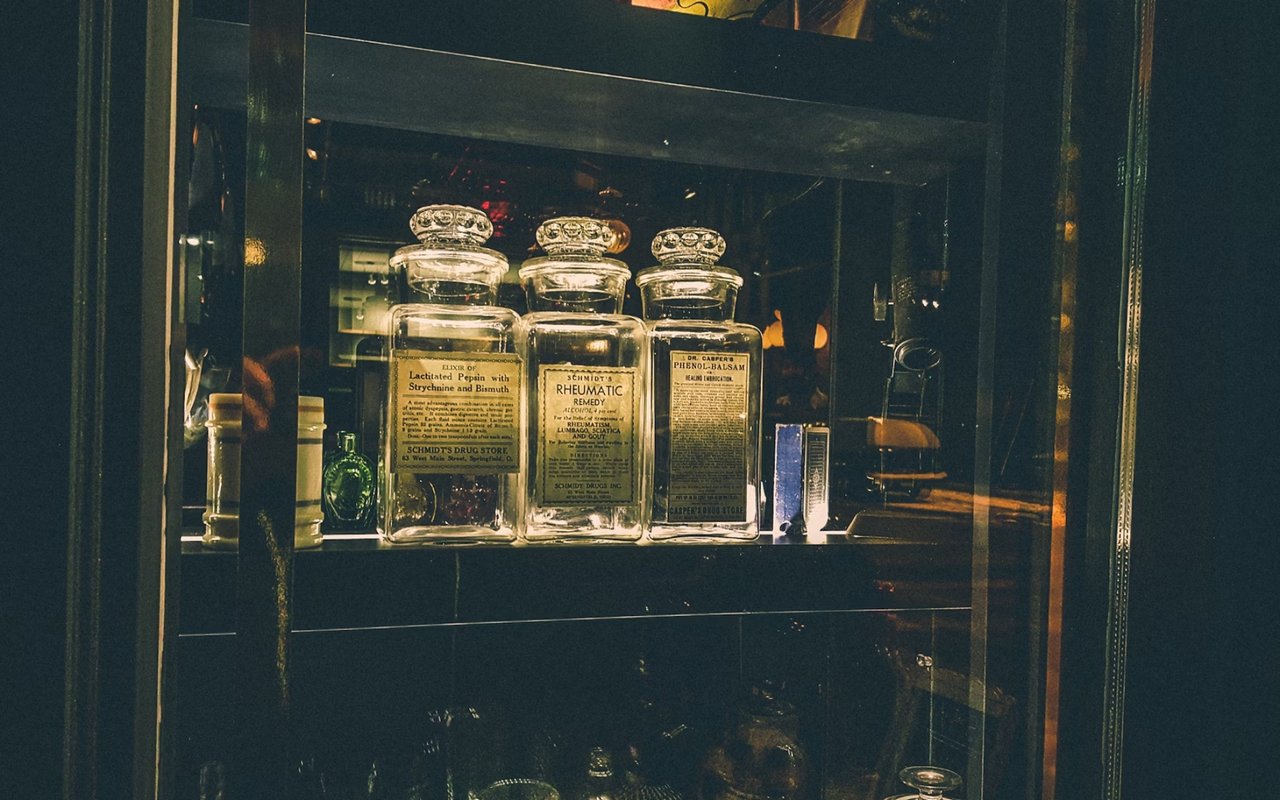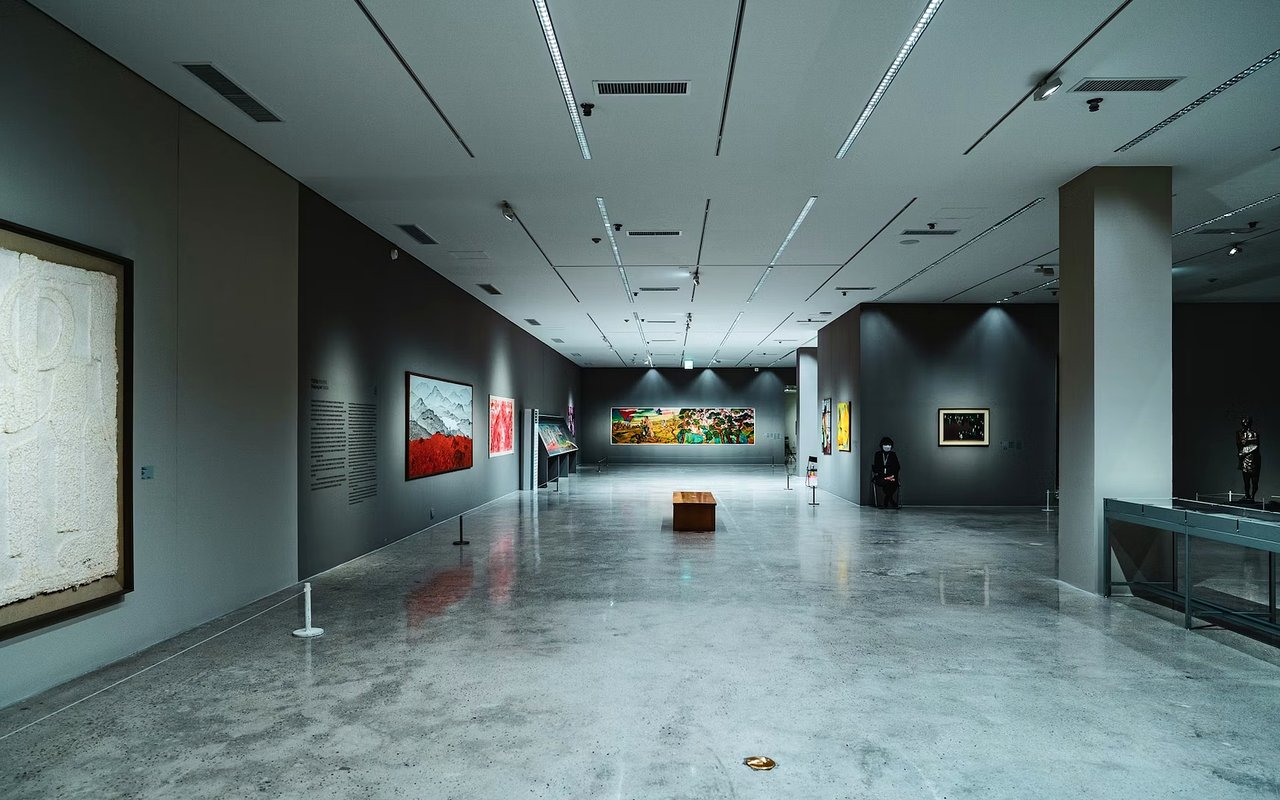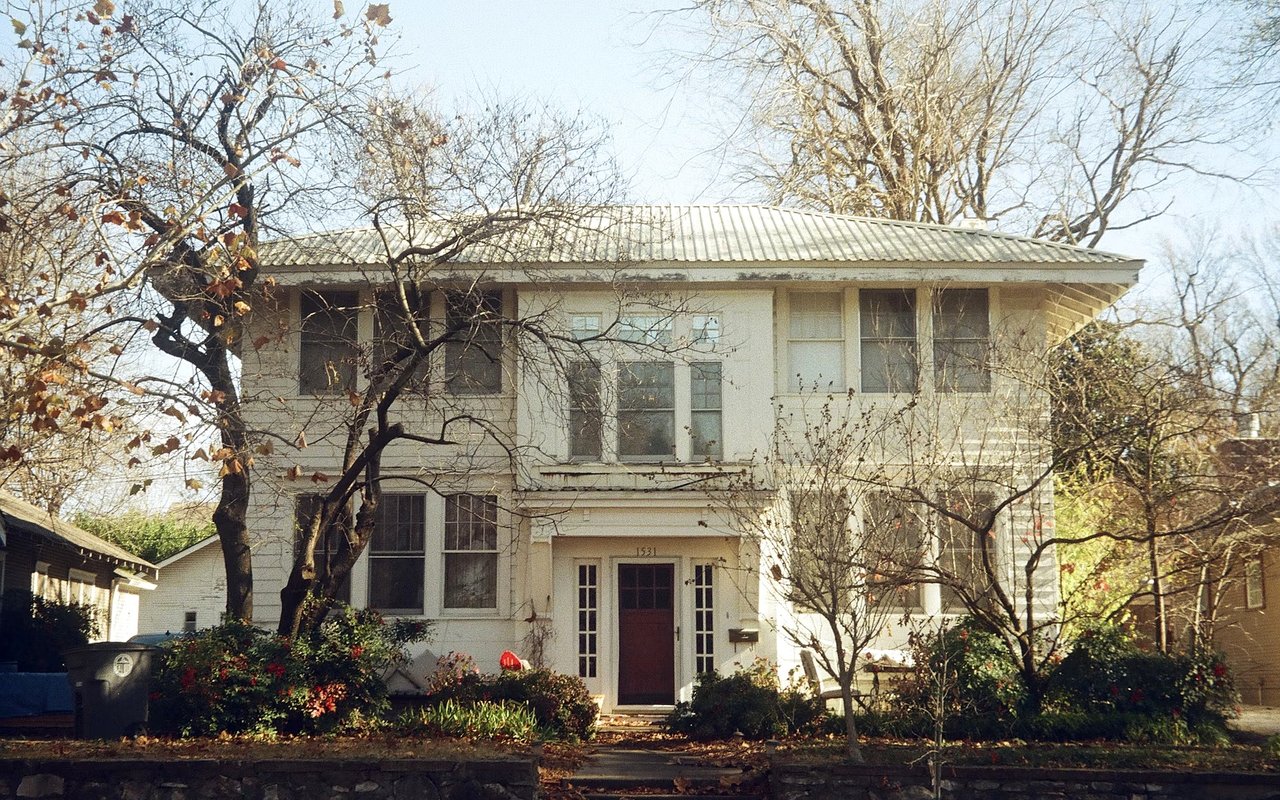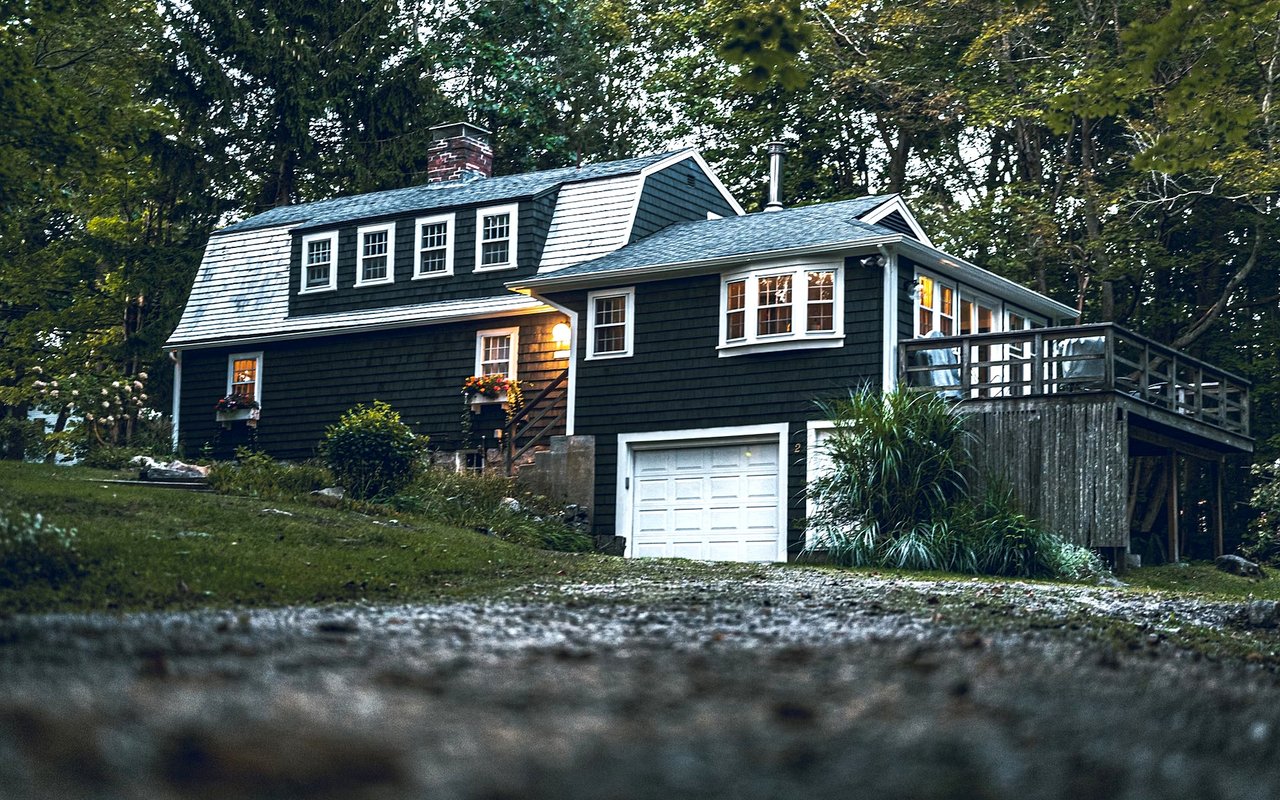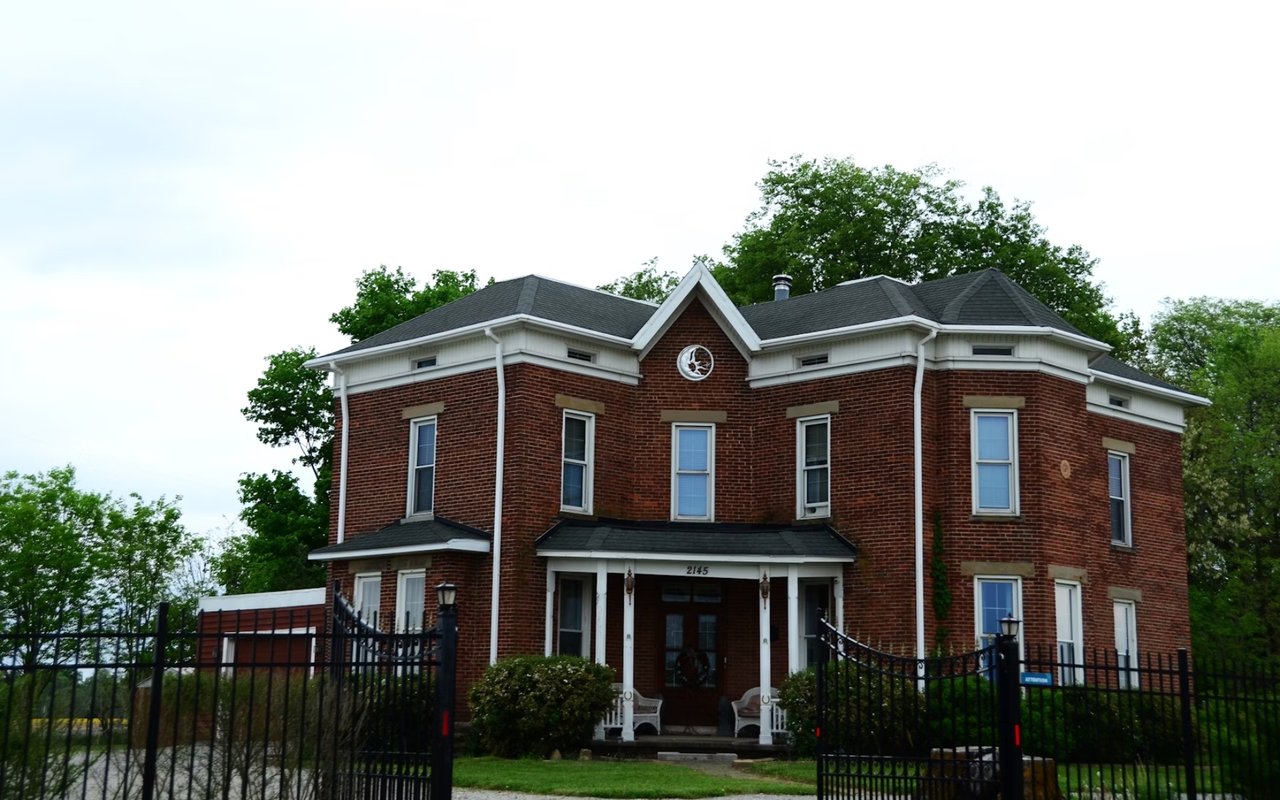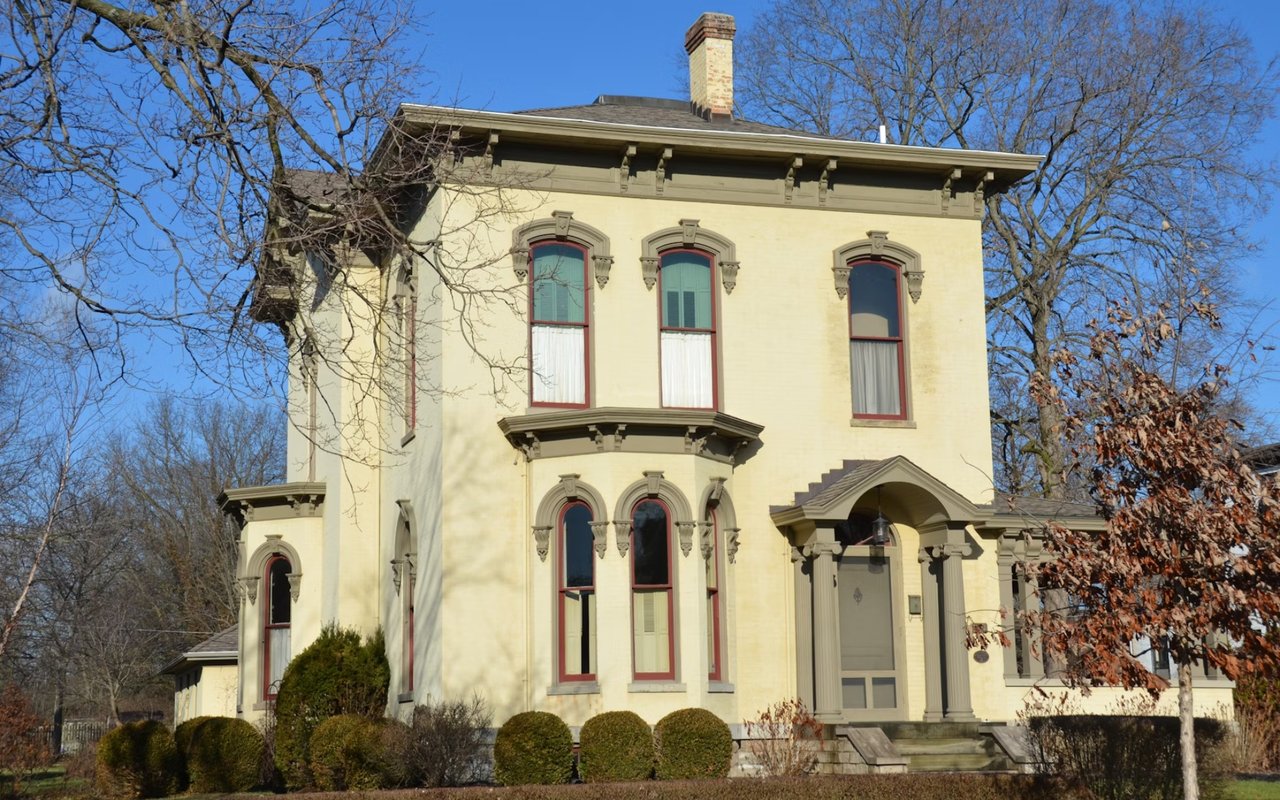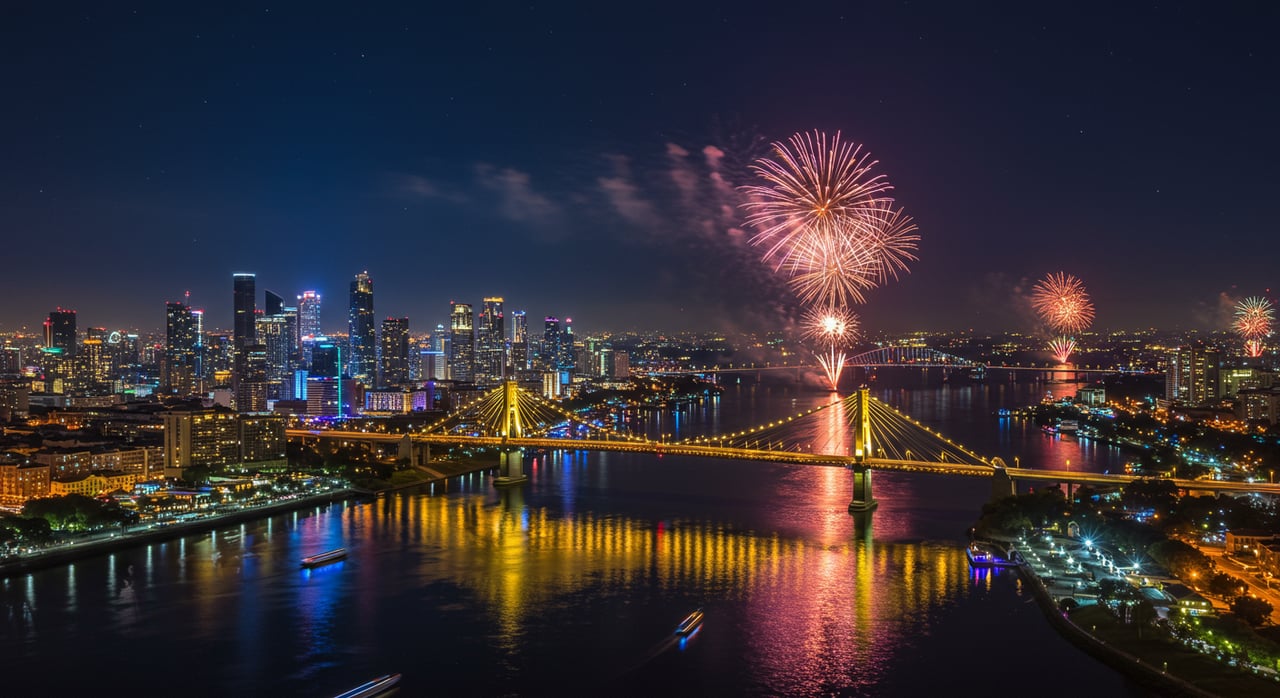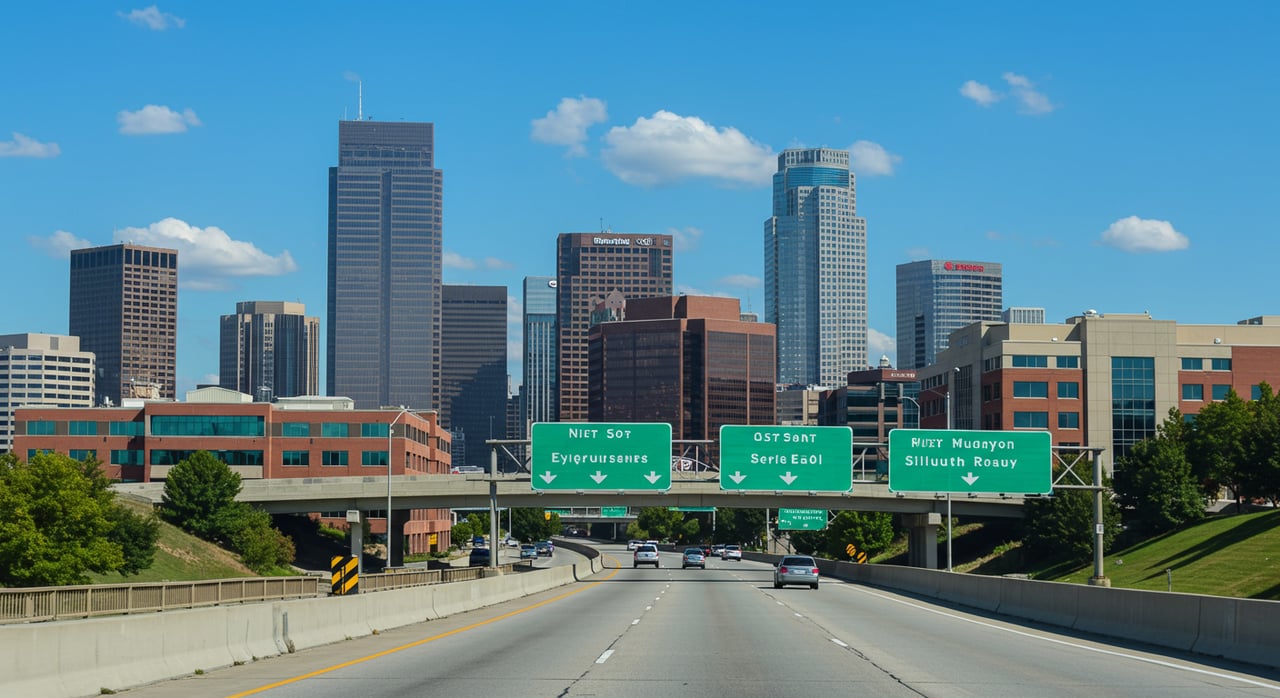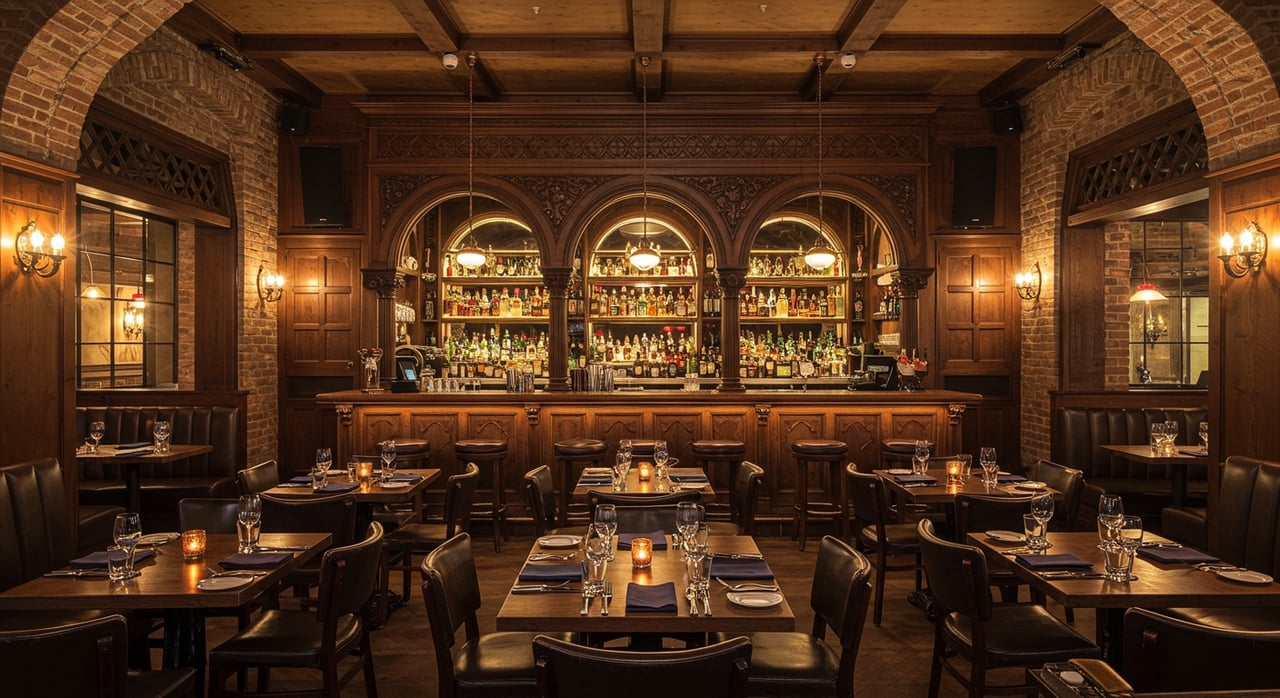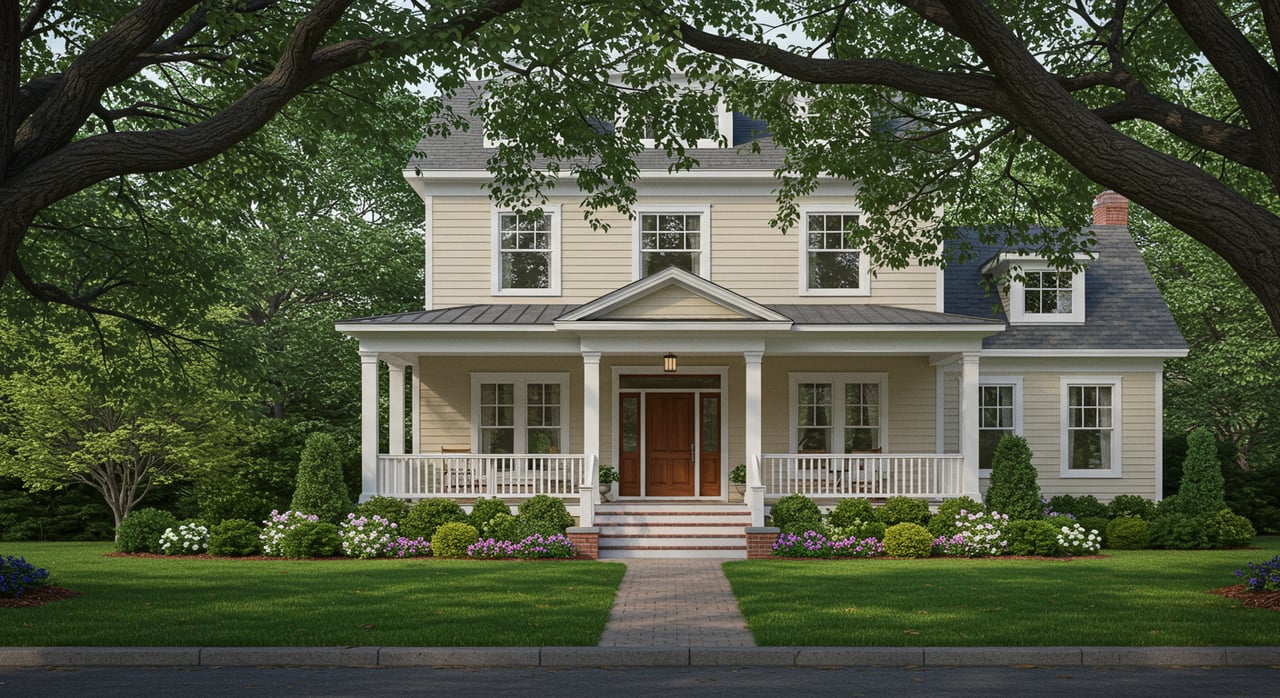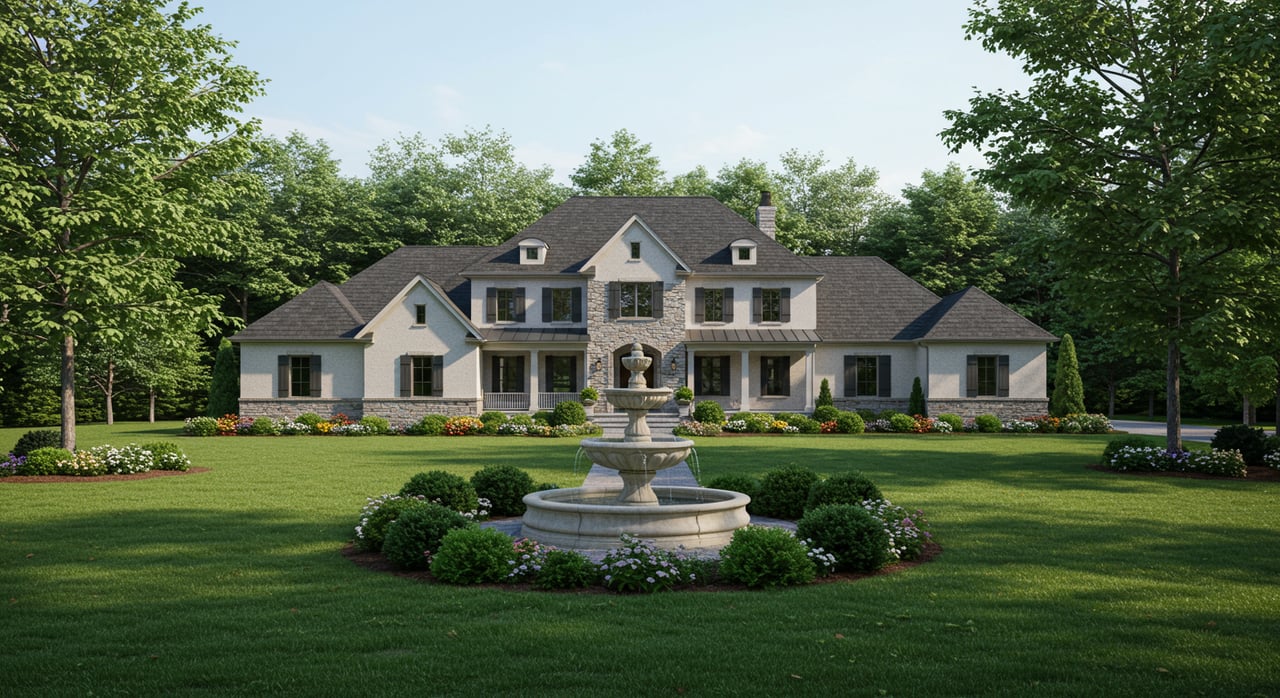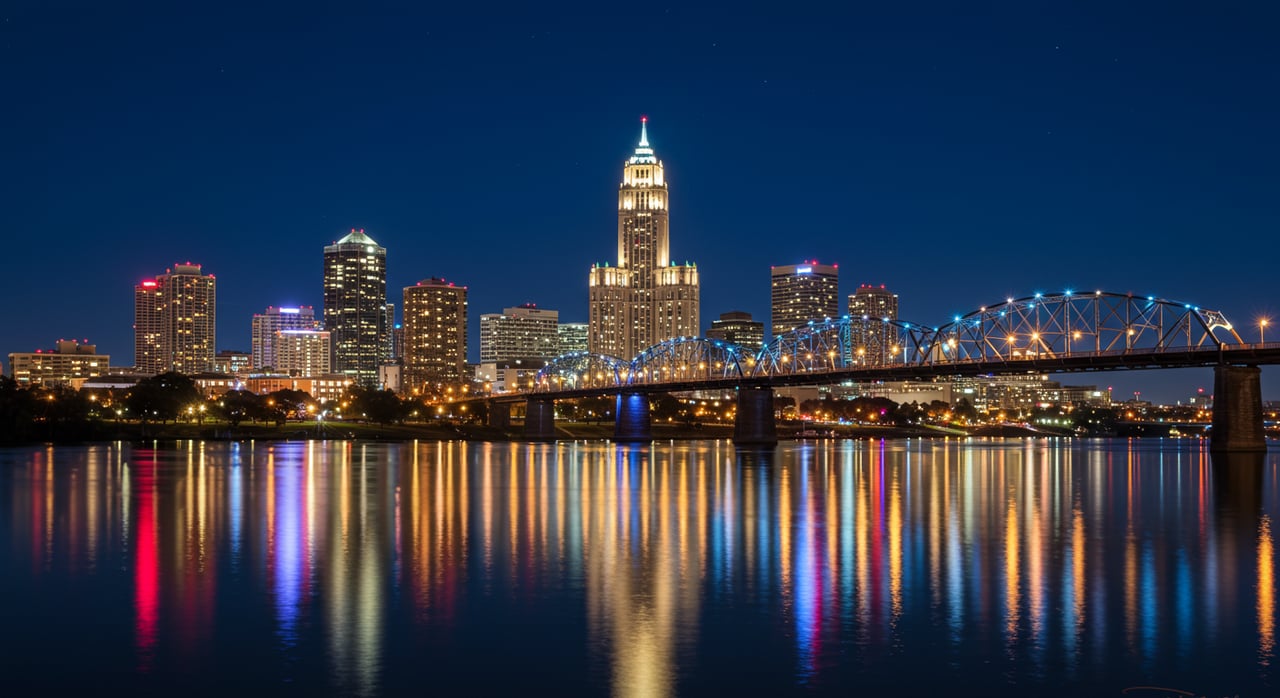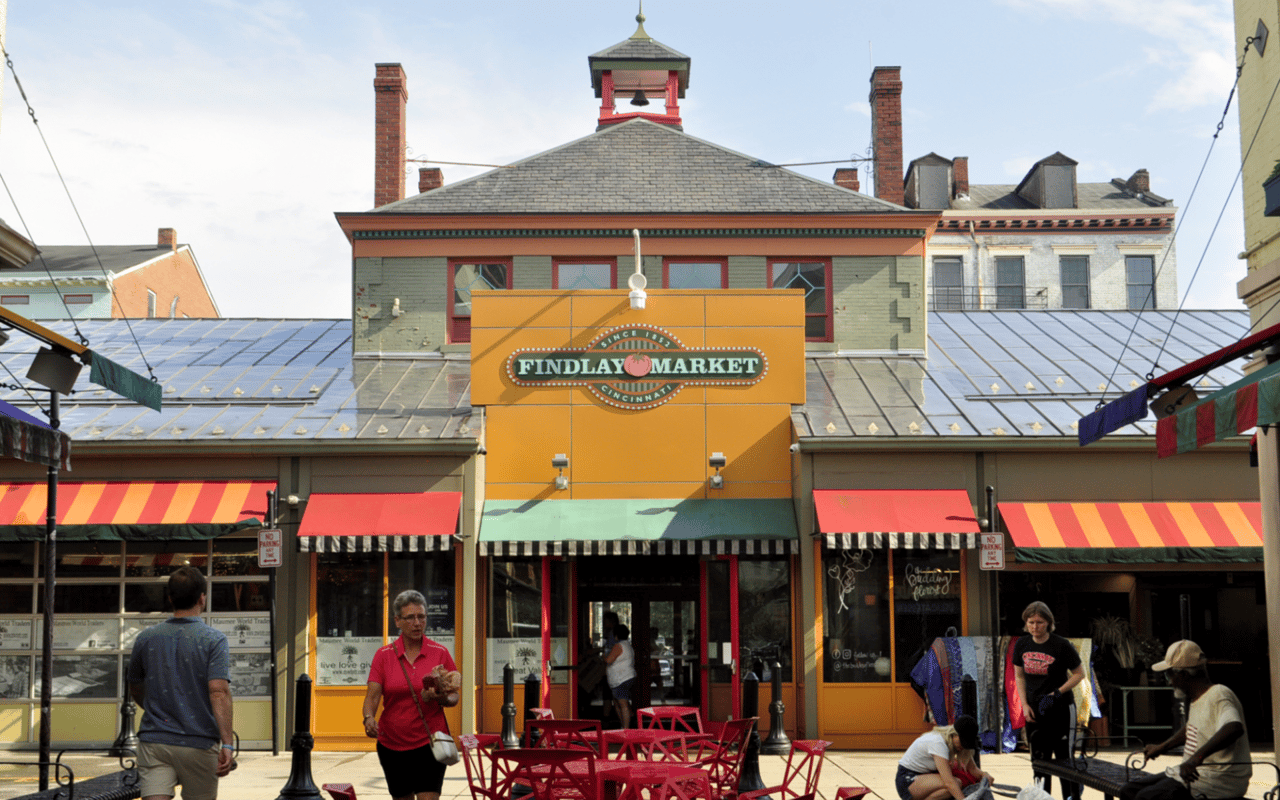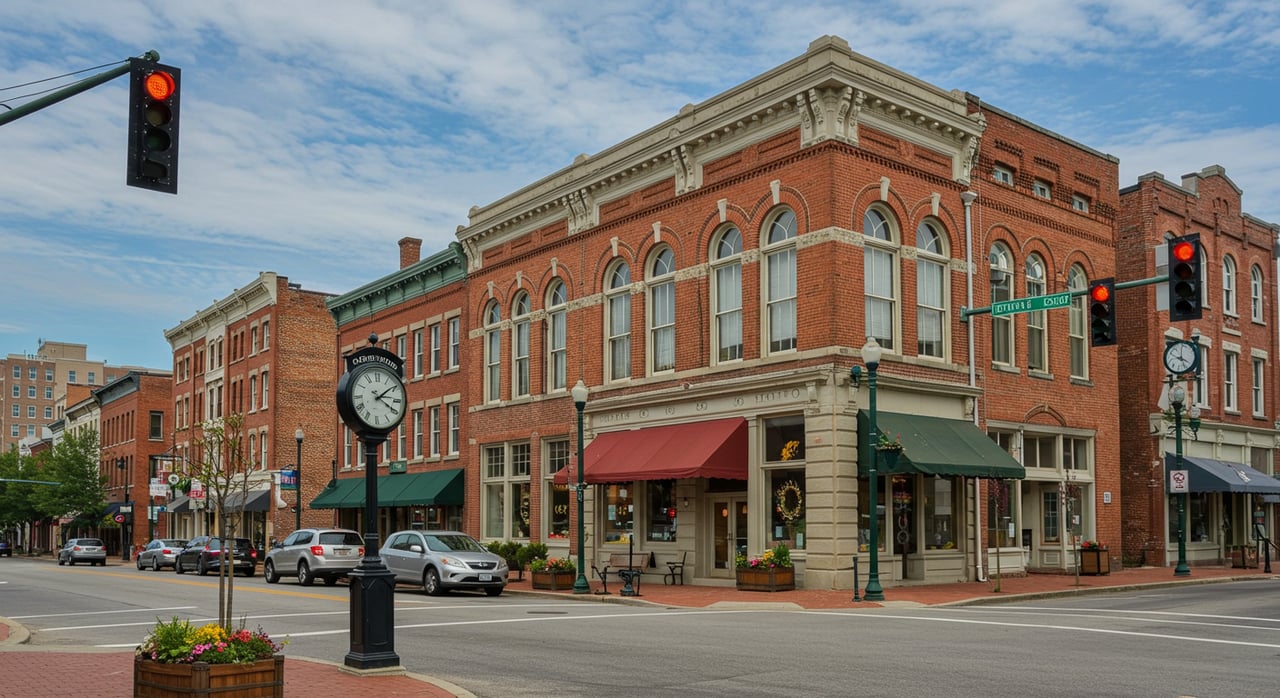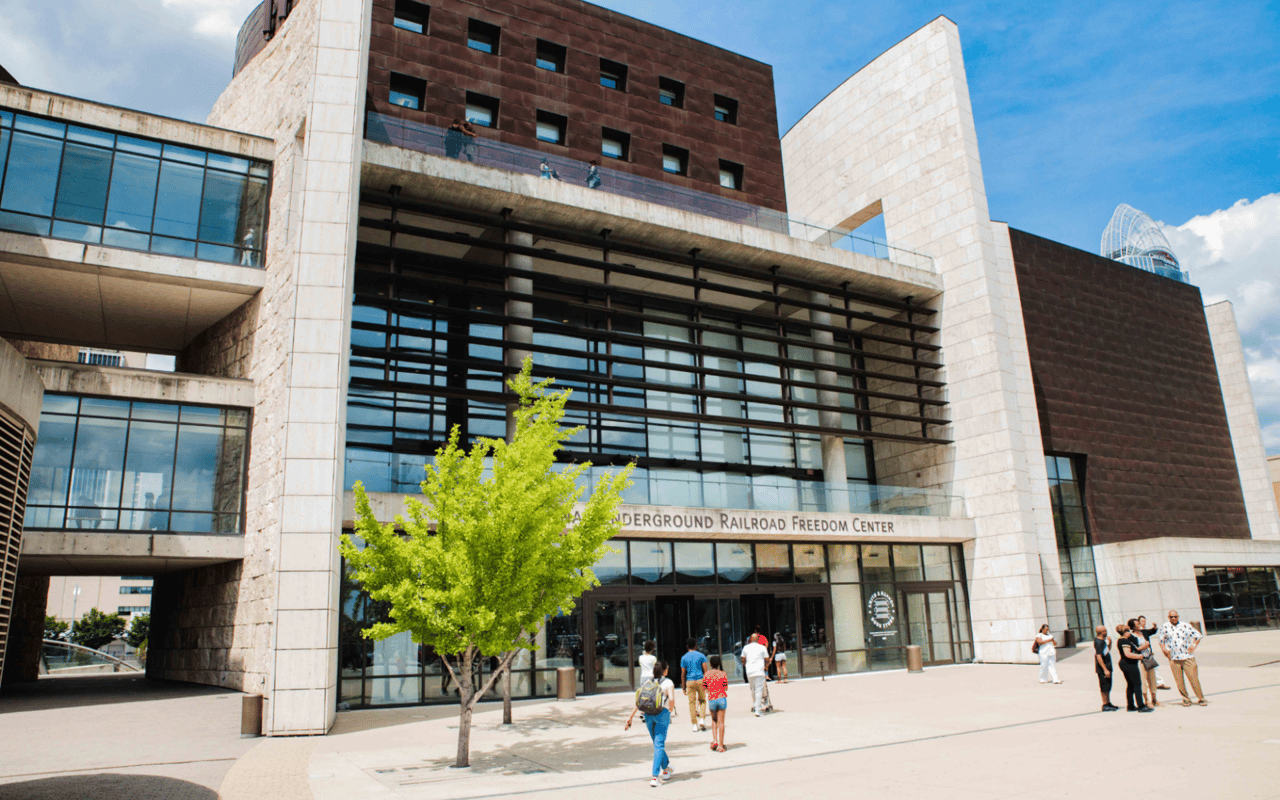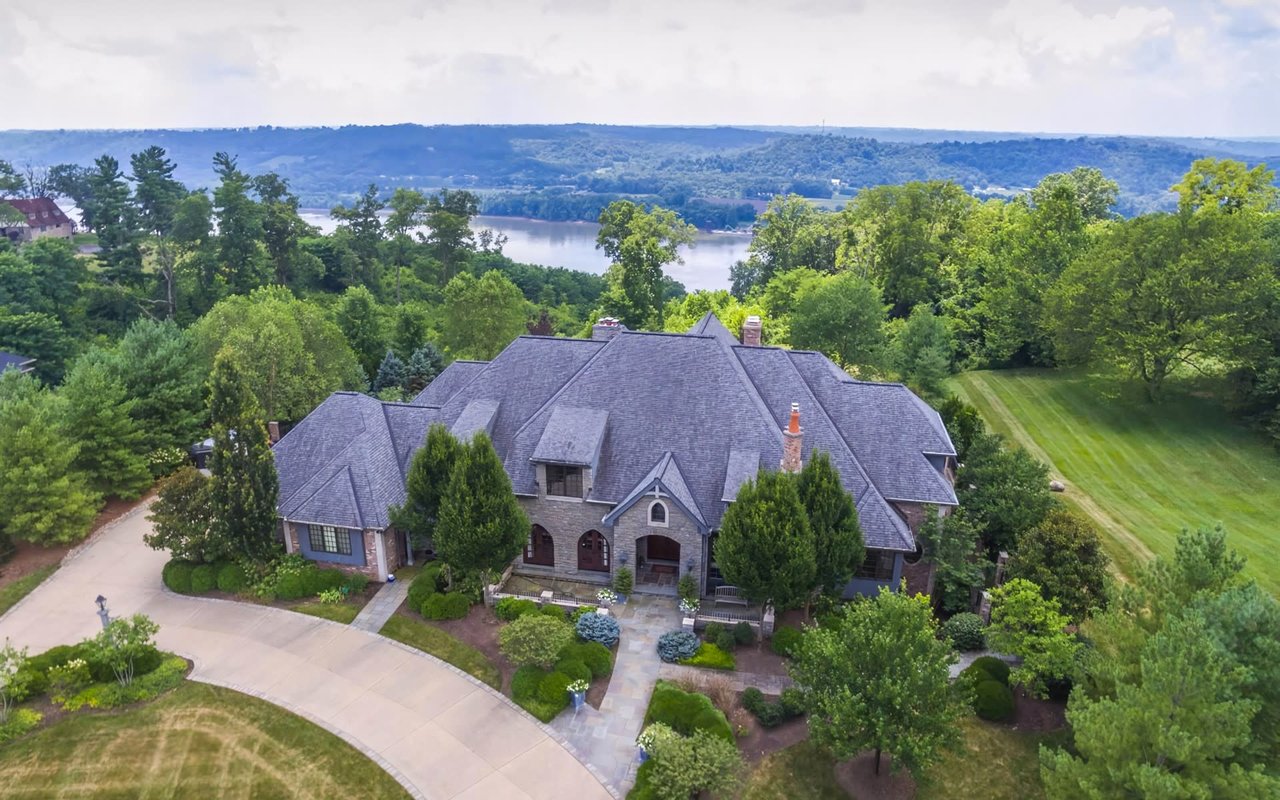Along the banks of the Ohio River, Cincinnati boasts a rich architectural heritage that mirrors its growth from a bustling 19th-century hub to a vibrant, contemporary city. The city's skyline is a delightful mix of styles, from the grandeur of Gothic Revival to the sleek lines of Art Deco. These beautifully preserved historic buildings add to the city's character. As you explore Cincinnati's architectural landmarks, you'll find a city rich in history, culture, and opportunities. Whether searching for a home for sale in Cincinnati, OH or just exploring the city, the diverse architecture offers something for everyone.
Cincinnati Music Hall
Cincinnati Music Hall, located in the Over-the-Rhine neighborhood, is a masterpiece of Victorian Gothic architecture. It was completed in 1878 and quickly became one of the most iconic buildings in Cincinnati. Its grand red brick facade, adorned with tall arched windows, captures the eye and evokes a sense of historical grandeur.
Designated a National Historic Landmark, Music Hall has been a cornerstone of Cincinnati's arts scene for over a century. The building is renowned not only for its striking exterior but also for the meticulous care taken in its preservation. During recent renovations, architects prioritized salvaging and restoring every possible historic element, ensuring that the building's original charm was retained.
Cincinnati Music Hall is a classical music performance venue that hosts esteemed organizations such as the Cincinnati Symphony Orchestra and Cincinnati Opera. The hall's acoustics and atmosphere have attracted legendary performers, from Ella Fitzgerald's soulful voice to Yo-Yo Ma's virtuosic cello. The venue continues to be a cultural hub, drawing audiences from across the region to experience world-class performances in a historical setting.
Union Terminal
Union Terminal, in the Queensgate neighborhood, was built in 1933. It was one of the last great train stations constructed in the United States and remains a stunning example of Art Deco architecture. The station's design is dominated by a massive half-dome, one of the largest of its kind, which creates a dramatic and imposing presence. Inside, the grand interior features intricate mosaics and magical whispering fountains.
Today, Union Terminal has been revitalized as the home of the Cincinnati Museum Center. Visitors to the museum center can explore exhibits that span science, history, and the arts, all within the awe-inspiring setting of this architectural gem.
Carew Tower
Carew Tower, built in 1930, is 49 stories tall. It was the city's tallest building for many years before being surpassed and is now the second tallest. Designated a National Historic Landmark, Carew Tower is a prime example of Art Deco design, characterized by its intricate carvings and elegant details that reflect the architectural trends of its era.
The building's location offers stunning views of the Ohio River waterfront, which were once best appreciated from its observation deck. Although the deck is now closed, the tower's presence continues to dominate the Cincinnati skyline. The ongoing transformation of Carew Tower into a mixed-use space, with plans for residential, office, and retail areas, ensures that this iconic building will continue to be an integral part of downtown life. Its rich history and architectural significance make it a lasting symbol of Cincinnati's growth and development.
Taft Museum of Art
The Taft Museum of Art, housed in the historic Baum-Longworth-Sinton-Taft mansion, is vital to Cincinnati's cultural heritage. The Federal-style building, built in 1820, is one of the city's best-preserved examples of early 19th-century architecture. It is also Cincinnati's oldest wooden residence, still in its original location.
The mansion has a storied past. It was home to several prominent Cincinnatians, including Martin Baum, Nicholas Longworth, David Sinton, and Charles Phelps Taft. On this site, William Howard Taft accepted the Republican nomination for U.S. president.
Today, the mansion is one of Cincinnati's premier art museums. It features works by Rembrandt and other masters, American furniture, European decorative arts, and a remarkable collection of French Renaissance enamels. The museum also boasts one of America's most exceptional medieval ivory sculptures.
The landscape murals were painted by the first Black American artist to earn an international reputation. Now, they are recognized as the most significant pre–Civil War domestic murals in the United States. Both the murals and the home themselves are designated National Historic Landmarks.
Isaac M. Wise Temple
The Isaac M. Wise Temple, constructed in 1865, is a historic synagogue, one of the oldest in the country. It is the home of a congregation that has long focused on inclusivity, social justice, and spiritual growth. The congregation's commitment to fostering a compassionate community has made the temple an important spiritual and cultural center.
Architecturally, the Isaac M. Wise Temple is a striking example of the Moorish Revival style. The synagogue features characteristic horseshoe arches and domed towers, elements that evoke the grandeur of Moorish architecture. The Isaac M. Wise Temple is a testament to the enduring legacy of the Reform Jewish movement and its impact on the local community and the broader American landscape.
St. Peter in Chains Cathedral
St. Peter in Chains Cathedral, built in 1841, is the Catholic cathedral of the Latin Church in the Archdiocese of Cincinnati. The cathedral is dedicated to Saint Peter's imprisonment and subsequent liberation, a narrative that is central to its religious and symbolic identity.
The cathedral's exterior is marked by a stunning Greek Revival façade featuring massive columns that support a towering spire, creating an imposing and dignified presence in downtown Cincinnati. The interior of St. Peter in Chains is equally impressive. It is adorned with religious art, including intricate stained-glass windows, which cast a colorful and serene light throughout the space.
